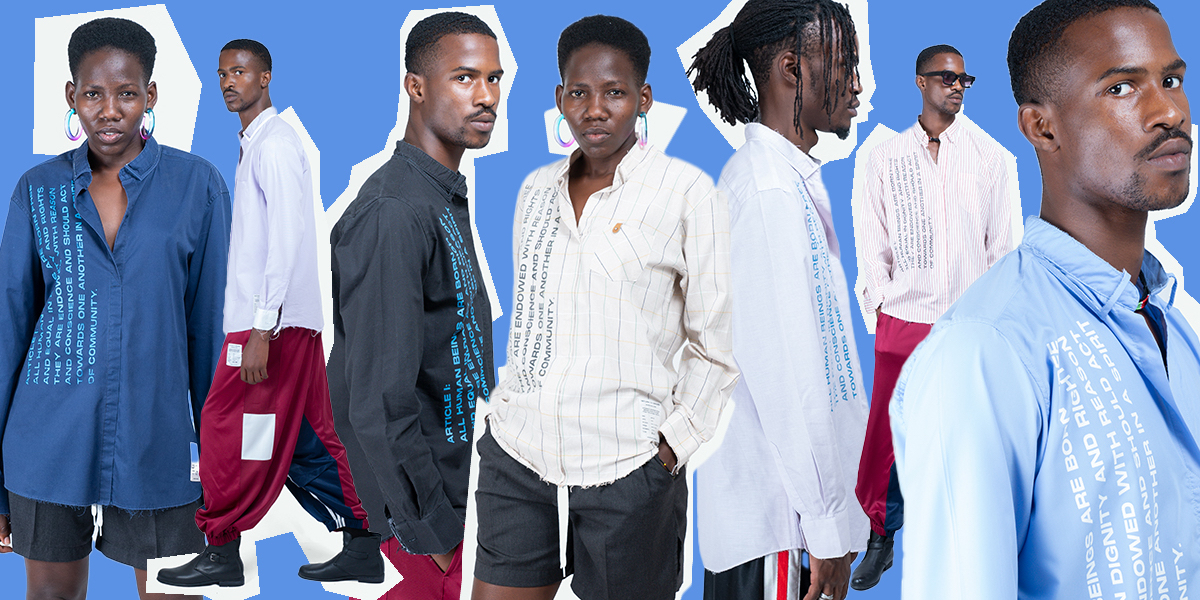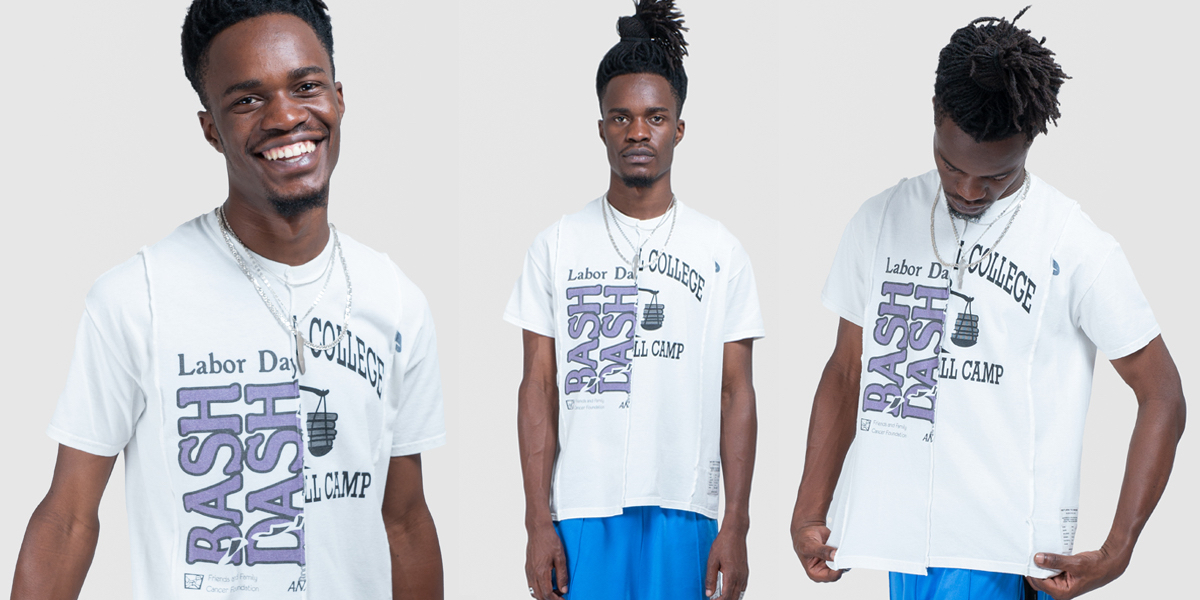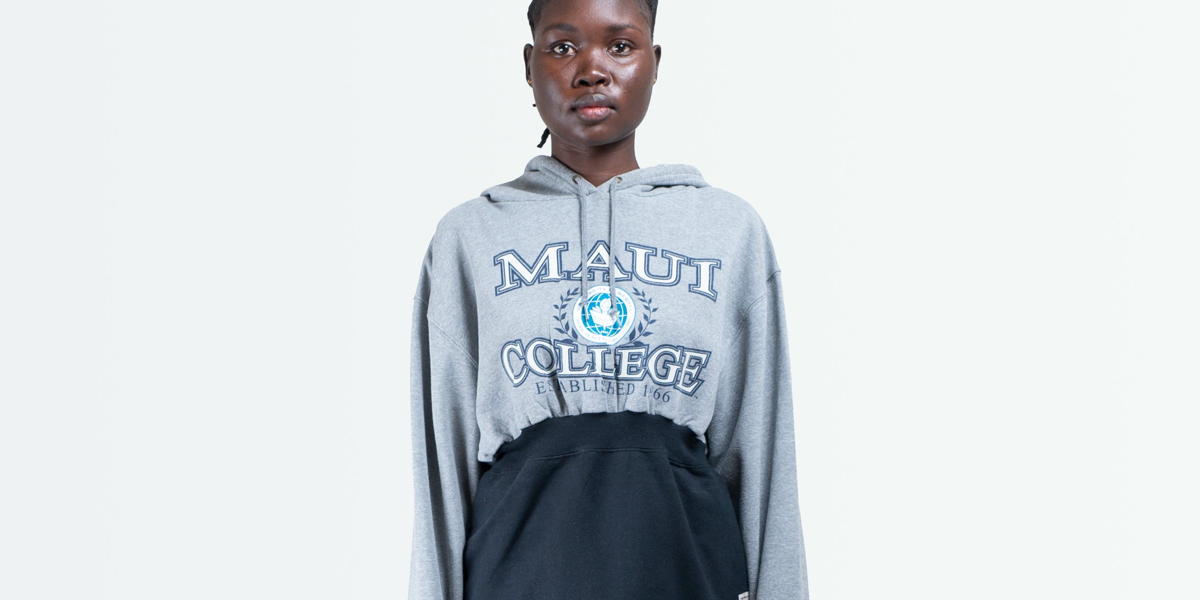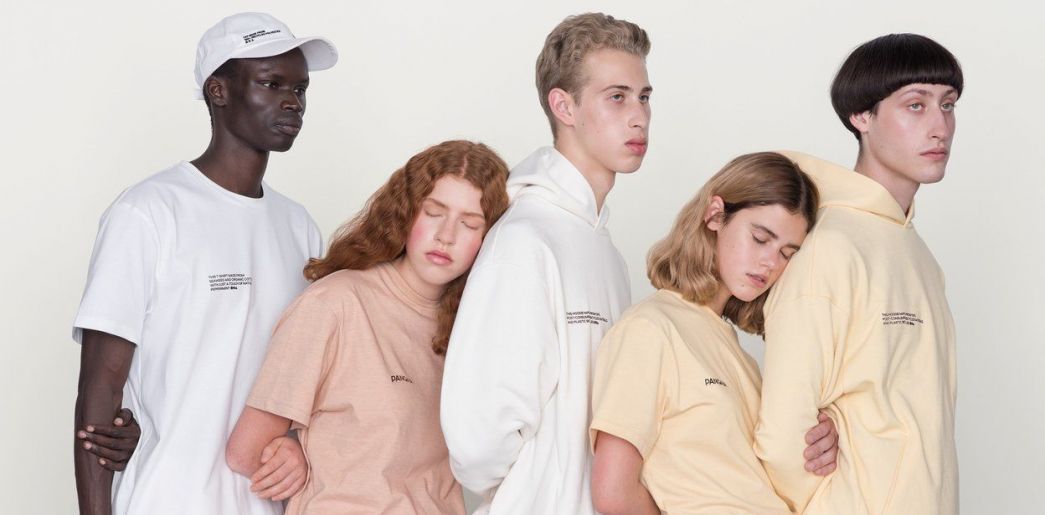AWARD YEAR
2023
CATEGORY
Community
GOALS
Reduced Inequality, Responsible Consumption & Production
KEYWORDS
Fast Fashion, upcycling, recycled clothes, clothes recycling, waste management
COUNTRY
Uganda
DESIGNED BY
Bobby Kolade
WEBSITE
https://buzigahill.com
RETURN TO SENDER
One continent's trash, another continent's upcycling
How does it work?
Buzigahill is redesigning second-hand clothes and redistributing them to the global north, where they were originally discarded before being shipped to Africa.
At collection hubs in the global North, second-hand clothes are pressed into large bundles called bales and shipped to the global South in containers. Bales are imported by second-hand clothing businesses and distributed to market vendors and boutique owners. Each garment they upcycle is sourced from different importers in Kampala and as unique as each bale from which it is pulled. There is only one.
Why is it needed?
The biggest second-hand clothing market in West Africa is the Kantmanto market in Accra, Ghana. Here, every week 20 million items of clothing from Western countries arrive here. An investigation revealed that 40% of it leaves the market as waste.
In general, unusable clothing lands in sewers and ends up in the sea, is washed up on the beach by the waves and is buried in the sand. Some is dumped on illegal rubbish tips in the area. Waste-pickers go through it looking for the very last pieces of usable clothing. Just to get rid of it, much of the clothing is incinerated in the open air so the waste-pickers work in toxic burning air (Plastic Soup).
How does it improve life?
Buzigahill has a mission to return Uganda‘s textile industry to the peak levels of the early 1970s, when more cotton was processed than exported.
Beyond RETURN TO SENDER, BUZIGAHILL will collaborate on projects with visual artists, fashion designers, second-hand market vendors and artisanal workshops to add value to local supply chains and develop strong creative industries in Uganda.







